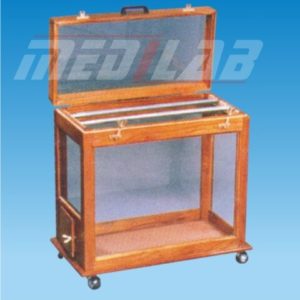Description
A plankton net is a specialized type of net used for collecting planktonic organisms, such as small crustaceans, algae, and other microscopic organisms that drift in the water column. The net consists of a fine mesh netting attached to a frame or hoop, which is towed through the water using a boat or other aquatic vehicle.
To use a plankton net, the net is towed through the water at a slow and steady speed, typically for a set amount of time or distance. The planktonic organisms become trapped in the netting as they are swept along with the water flow. Once the net has been towed, it is carefully lifted out of the water and the captured organisms can be identified, counted, and preserved for further study.
Plankton nets come in a variety of sizes and mesh sizes, depending on the specific needs of the user. Some nets are designed for collecting larger planktonic organisms, such as copepods and krill, while others are designed for collecting smaller organisms, such as phytoplankton and bacteria.
Plankton nets are commonly used by oceanographers, marine biologists, and other researchers to study the composition and distribution of planktonic communities in the ocean or other bodies of water. They are also used in environmental monitoring programs to assess water quality and track changes in plankton populations over time. When used responsibly and ethically, plankton nets can be a valuable tool for understanding and conserving the delicate and complex ecosystems of the ocean and other aquatic environments.







